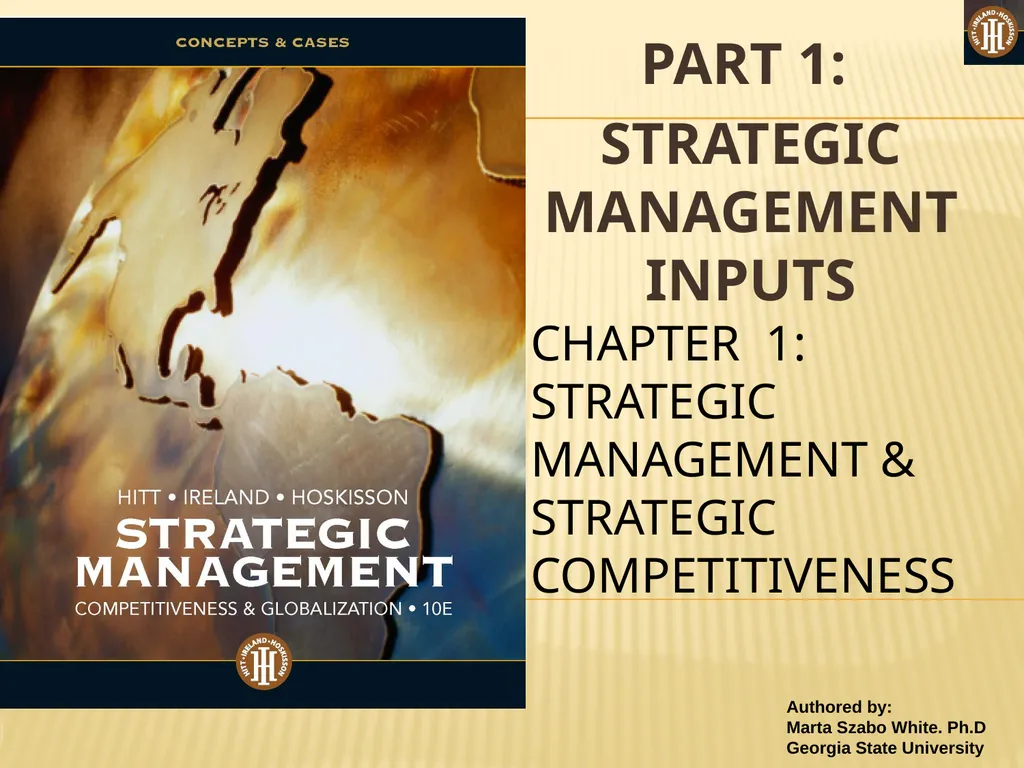
PART 1: STRATEGIC MANAGEMENT INPUTS CHAPTER 1:
Author: liane-varnes | Published: 2025-05-16
Description: PART 1: STRATEGIC MANAGEMENT INPUTS CHAPTER 1: Strategic Management Strategic Competitiveness THE STRATEGIC MANAGEMENT PROCESS FIGURE 1.1 The Strategic Management Process KNOWLEDGE OBJECTIVES KNOWLEDGE OBJECTIVES IMPORTANT DEFINITIONS
Download Presentation
Download the PPT/PDF: Download
Transcript:
Loading transcript…